A few weeks back I launched a program called The Reader Connection Project. This was meant to be a free 10-day course, where I walk writers through 5 actions they can take to immediately connect with readers.
Things didn’t go as planned.
I expected like 9 people to sign up for this. I figured I would spend the week with a handful of writers, and it would fun little collaboration.
But quickly there were 40, then 70, then 110, then 160, then 200 people who had registered. I was blown away.
Today I want to share the feedback of what these 200 writers learned in this project, and do so in a way that will be useful to you. I’m also going to share what I learned along the way.
This piece of feedback from a writer who participated is a good starting point:
“This has been a great project for me, helping me connect with readers and also helping me get over seriously bad self doubt. I can’t tell you how freeing this feels. And it wouldn’t have happened without the Reader Connection Project.”
Here are the top takeaways that writers got out of the program:
Go Deep, Not Wide
Most writers I know are tired of trying to get more followers. They are convinced that agents and publishers and readers want to see a big number of followers. The result? The writer exhausts themselves trying to game the system with tips and tricks and shortcuts.
What is the alternative? This feedback a writer shared:
“The Reader Connection Project reframed how I think about marketing: develop a deeper relationship with the reader, thereby building bridges of mutual interest and respect.”
Doesn’t that just feel better? And doesn’t it intuitively make sense? Social media is people, and no one wants to engage on some superficial level. They want depth.
When you decide to go deep instead of wide, suddenly social media makes sense. It becomes just like real life. No one runs around trying to shake as many hands as possible. Instead, they forge real connections with people, and sustain them slowly over time.
There, that’s your social media strategy.
Joining a Creative Community Creates Momentum
It can be soooooo lonely to not just write on your own, but to figure out platform and marketing as well. That isolation can create a lot of false narratives that you alone are failing, while everyone else is succeeding. That’s not true.
This piece of feedback really struck me:
“The biggest thing was realizing that so many authors are going through what I am going through. Struggling to find my readers, and finding the right way, for me, to help people discover my books. But this group has shown me that, like me, there are so many writers out there who dearly want to personally connect with their audience and really serve their readers. It restored my faith. And I’ve found all of you quite inspiring.”
That is why I work with writers, instead of shoving them into some course where they drown amidst 50 modules. A linchpin of this is the Creative Shift Mastermind that I run, because I have seen the profound difference that working with a small group of other writers can make.
It’s like a veil is lifted:
“These videos and the interaction with other writers is helping me understand my ideal readers much faster with a more balanced view. I can’t say how absolutely great it has been to connect with other writers in exactly the same place as me.”
If you are struggling alone with this work, find a collaborator, or a group of collaborators.
Listening Helps You Communicate More Effectively
Too many writers try to launch a “platform” before they have really spent time listening to readers. The result, their readers feel like some distant person and the writer is stuck posting random stuff, desperately trying to sell a book.
I loved this feedback:
“The Reader Connection Project showed me how my ideal reader might think – and how to really speak their language. I discovered some things I was quite mistaken about; some things I was half-doing.”
And this:
“This program helped me talk about my books and how I communicate with my readers.”
The internet has made the voice of the reader so much more accessible. You can more easily read reviews and hear how readers talk about books, but you also have the ability to reach out to readers and writers directly via online tools.
If you are primarily focused on getting ‘likes’ and ‘follows’, I want to encourage you to switch your mentality and consider, how can you reach out to one person and have a meaningful conversation around books?
Then consider: how can this help you better communicate what you write and why?
Readers are not Demographics, They are Complex
This was the heart of the project: understanding readers so you can better connect with them. Too often, writers describe their ideal readership in flat, wholly unhuman terms. They list out vague demographics, or a simplistic view of someone whose entire life seems to hinge on reading a single type of book.
Writers do this because the truth can be confusing: readers are complex.
But when you truly spend the time to talk to readers, and study how they talk about books, you find insights that others miss. Like this:
“The Reader Connection Project helped me identify two new kinds of readers for my books who I would have thought to try and reach.”
“The Reader Connection project gave me a glimpse into the heart and head of the reader.”
“The Reader Connection Project helped me delve into readers’ motivation for reading, that the answers are complex, that readers themselves don’t always know how to articulate.”
When I work with private clients, we often create personas to try to understand the core readers we hope to reach. But even when we do that, we describe them as holistic human beings, who have a wide range of preferences. I want to encourage you to view your readers in the same way.
There is No “Audience,” Only Individual People
The term “audience” creates a vision that you are speaking to a collection of people who are all the same. But whether you are sending a Tweet or publishing a book, each person reads it as an individual. What it means to them is personal. This perhaps sums it up best:
“The fundamental takeaway of The Reader Connection Project for me: Writing a book is about connecting with my fellow human beings”
Stop Copying What Other Writers Are Doing
Writers often study blogs, podcasts, webinars, and courses to identify “best practices” on how to develop their platform and market to their ideal audience. They do so because they want a shortcut — a hack — that allows them to identify what works and avoid what doesn’t.
That sounds smart, right?
The problem with it is that a writer in this situation is copying what thousands of others are copying, and it’s often a tactic that worked really well a few years ago, but has long since stopped providing good returns.
Do your own research. Talk to readers. Talk to writers. Develop your platform and marketing based on how you are and who you hope to connect with.
This feedback was welcome to hear:
“The powerful insight for me is that while most of the “best practice” advice is overwhelming, the idea of making human connections is very accessible. I can do that.”
“One thing your and this community you’ve built has taught me is to trust my instincts more.”
I want the aspects of your life that deal with platform and marketing to feel fulfilling. It’s difficult for that to happen when you are on a crowded hamster wheel chasing the next marketing trend.
Start Now, So You Don’t Panic Later
What I have found is that the sooner you begin this type of work — discovering the voice of the reader and connecting with them — the better you will feel when it is time to launch your book.
I have been through hundreds of book launches. I know that feeling when the book you have worked on for years is about to be published, and you simply want to do everything in your power to ensure it connects with readers.
Why wait until the last minute until you are in the “launch window” to do this work. When you view your readership as human beings, the nice thing is that it is easy to identify simple ways to connect with them right now.
Here are some good quotes that sum it up:
“The Reader Connection Project taught me that it’s both OK and necessary to connect with readers long before you have a book to sell. How to make connections with people one at a time and how to offer something of value to gain trust well ahead of sharing my novel and asking them to spend both their hard earned money and precious time.”
“Through your tutelage, Dan, I became a student of what people read, their motivations. Knowing this is so important as I anticipate my memoir launch next year.”
“Dan, you have a way of inspiring me to do stuff I have been putting off and of coming out of my shell for the sake of my art.”
I Learned So Much As Well…
The truth is, the Reader Connection Project taught me a lot as well. I tend to prefer deep collaborations with writers, and over the years I have honed the two ways to work with me into two programs:
- The Creative Shift Mastermind: a three month program where I work with groups of 10 writers at a time.
- One-on-One Consulting: where I become the copilot in helping a writer develop their platform, reach readers, and launch their books.
My experience in the past couple of weeks taught me that some writers want to work with me, but need a smaller commitment. That has given me a lot to consider as I prepare my programs for 2019.
Another thing I have learned is to consider how to amplify the message of a book. The real reason that I expected only 9 people to sign up for the Reader Connection Project? Because for the most part, each of the five steps are already covered in my book, Be the Gateway. I figured that this information had been “out there” for two years now.
But again and again, writers in the Reader Connection Project mentioned that they had read my book awhile ago, but only because of this project were they now taking action.
What was the difference between this project and reading the book? A few things:
- Videos: As a core part of this project (and my Mastermind for that matter) is that I shared videos where I talk through details of each step. The feedback I received was that hearing the advice was so much more useful than just reading it.
- Community: Working with a small group of other motivated writers is a world of difference than sitting alone in your house, and having to figure things out on your own.
- Leadership: Again and again, people mentioned that they could really feel how much I cared about writers and readers when they watched my videos and went through the program. I think there is a big difference between seeing a series of tactics on a to-do list vs having someone truly guide you through them.
Everything I learned above is being infused in what I create in 2019. The first of which will be my next Creative Shift Mastermind program. If you want to be the first to know when I open the doors, please add your name to the early interest list here.
Thanks!
-Dan
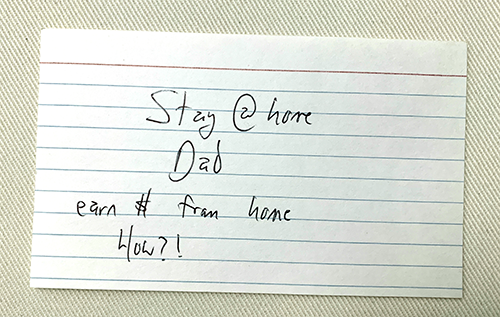
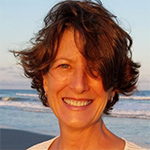 “I am inspired by the amazing folks in this Mastermind. The adage that you become who you hang out with is true and I can become a better writer and creative person by spending time with this group. This Mastermind is far more than I imagined it could be.”
“I am inspired by the amazing folks in this Mastermind. The adage that you become who you hang out with is true and I can become a better writer and creative person by spending time with this group. This Mastermind is far more than I imagined it could be.”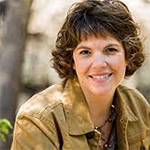 “I thought I’d signed up for the Mastermind to get my career back on track. Seems like we’ve delved into getting my whole life onto a better track.”
“I thought I’d signed up for the Mastermind to get my career back on track. Seems like we’ve delved into getting my whole life onto a better track.”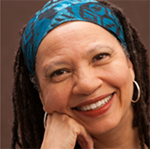 “This Mastermind has given me a sense of direction with the business side of my writing that I’ve never had before.”
“This Mastermind has given me a sense of direction with the business side of my writing that I’ve never had before.” “In the Mastermind I have gone through profound creative growth. I learned new things about myself, making experiential, intellectual and emotional connections that surprised me and enriched me. That’s the secret power that Dan’s Mastermind unleashes. He is a master weaver of collaboration. Magic occurs in the Mastermind.”
“In the Mastermind I have gone through profound creative growth. I learned new things about myself, making experiential, intellectual and emotional connections that surprised me and enriched me. That’s the secret power that Dan’s Mastermind unleashes. He is a master weaver of collaboration. Magic occurs in the Mastermind.”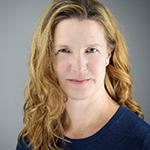 “Dan’s encouragement and insights helped me to change my approach to connecting with my readers and my community. He helped me stay true to my values and my self.”
“Dan’s encouragement and insights helped me to change my approach to connecting with my readers and my community. He helped me stay true to my values and my self.”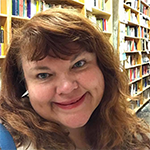 “I started the Mastermind because I was stuck. I thought about writing all the time–but I didn’t actually write. Dan and the Mastermind of creatives helped me get out of this tremendous slump and into the most productive creative period I’ve ever experienced. I’m writing, I’m submitting, I’m confident. The Mastermind is a priceless experience.”
“I started the Mastermind because I was stuck. I thought about writing all the time–but I didn’t actually write. Dan and the Mastermind of creatives helped me get out of this tremendous slump and into the most productive creative period I’ve ever experienced. I’m writing, I’m submitting, I’m confident. The Mastermind is a priceless experience.”
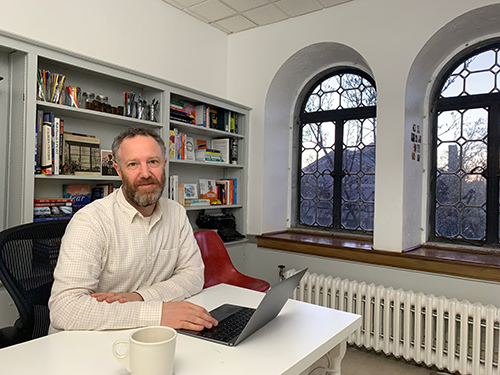
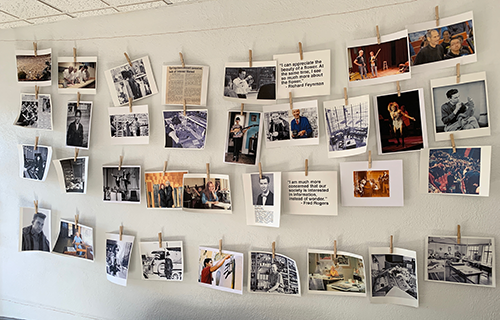
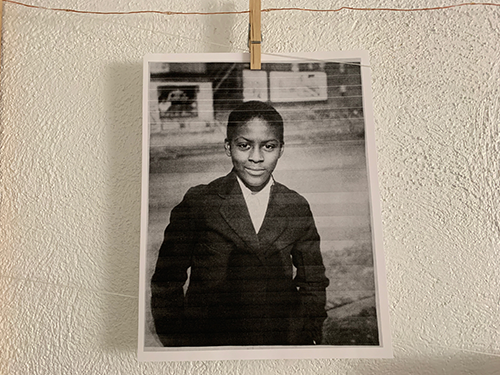
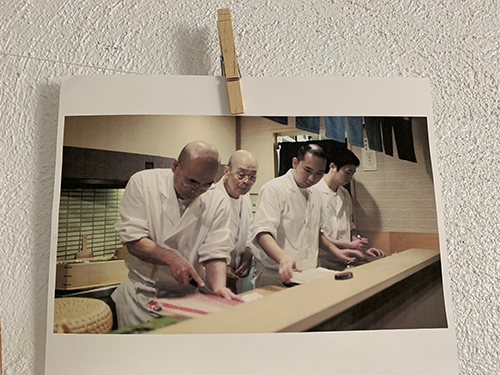
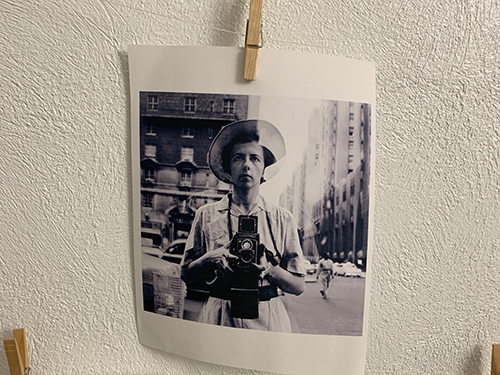
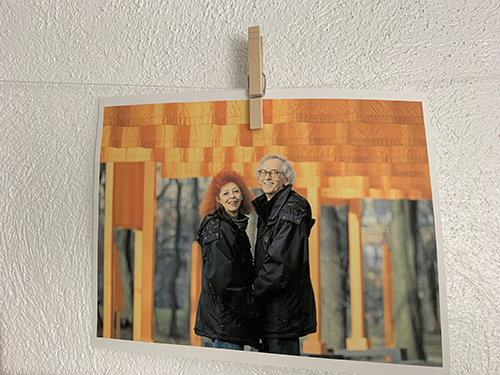
 Meera Lee Patel is an author and illustrator whose creative work is her full-time job. I had interviewed her back in April, and we did a second interview a few weeks back. What jumped out at me in our conversation was this statement:
Meera Lee Patel is an author and illustrator whose creative work is her full-time job. I had interviewed her back in April, and we did a second interview a few weeks back. What jumped out at me in our conversation was this statement: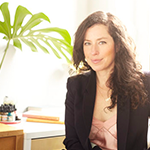 I first interviewed author, illustrator and art director Samantha Hahn back in 2015, and a few weeks ago we sat down for another interview.
I first interviewed author, illustrator and art director Samantha Hahn back in 2015, and a few weeks ago we sat down for another interview. 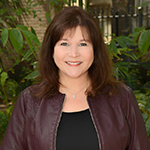 Not long ago, I worked with author Cathey Nickell in my Creative Shift Mastermind. About two years ago she published her book
Not long ago, I worked with author Cathey Nickell in my Creative Shift Mastermind. About two years ago she published her book